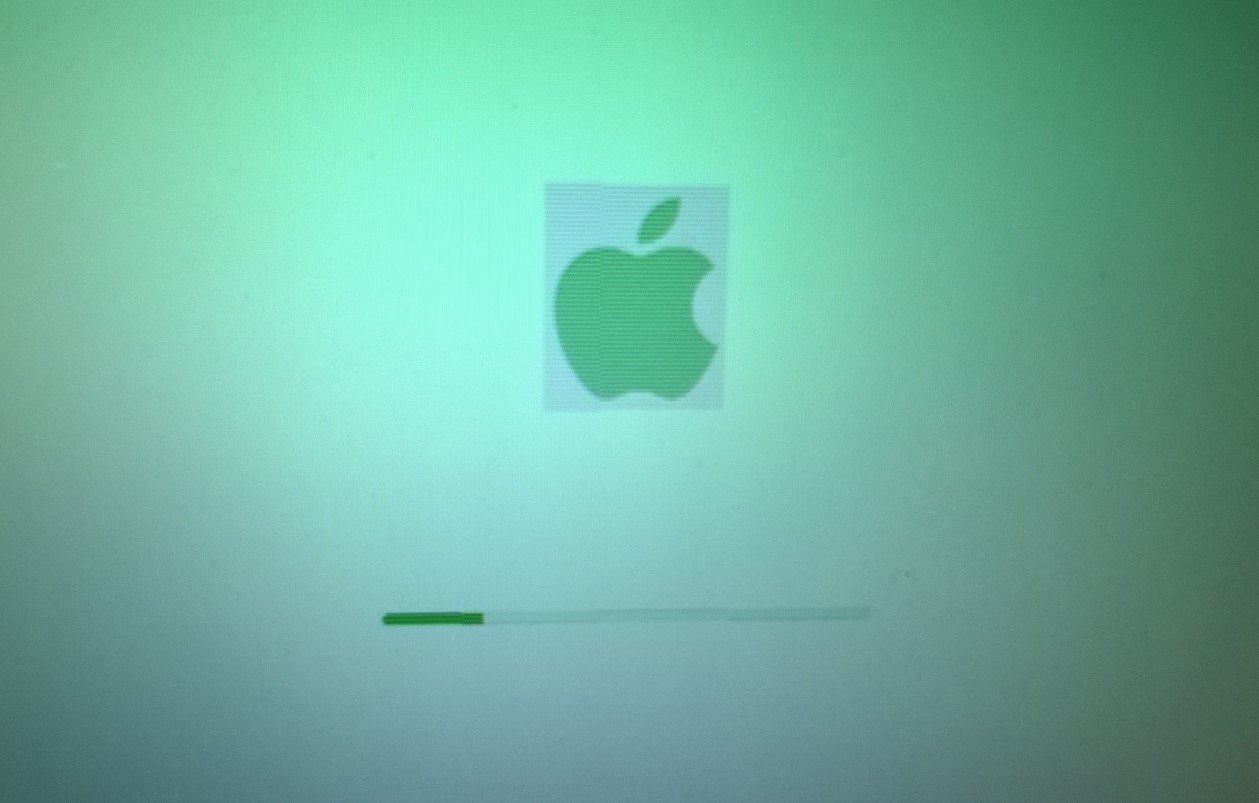News
The Top Cybersecurity Headlines of 2024: A Year of Attacks, Breaches, and Controversies
Cybersecurity dominated headlines in 2024, with major breaches, crippling ransomware attacks, and even political ramifications. From the Internet Archive being hacked to infostealer malware wreaking havoc, the year was marked by incidents that left an indelible mark on global security. Here are the 14 biggest cybersecurity stories that defined 2024, presented in no particular order.
Internet Archive Faces Dual Attacks
In October, the Internet Archive, a trusted digital library, was hit with a double whammy: a data breach exposing 33 million user records and a disruptive DDoS attack. The breach occurred due to an exposed GitLab configuration file that gave attackers access to sensitive credentials.
While one group claimed responsibility for the data theft, a separate pro-Palestinian group allegedly launched the DDoS attack. The incident was a wake-up call for organizations managing massive troves of user data.
Faulty CrowdStrike Update Crashes Millions of Devices
A July update from CrowdStrike Falcon caused chaos, crashing 8.5 million Windows devices globally. Organizations ranging from financial firms to hospitals struggled with inaccessible systems.
Making matters worse, cybercriminals exploited the chaos by distributing malware disguised as repair tools. This compounded the issue for organizations already grappling with downtime. Microsoft and CrowdStrike faced legal and reputational backlash, prompting discussions on stricter kernel driver handling.
Kaspersky Banned in the U.S., Replaced Without Consent
In June, the U.S. government banned Kaspersky antivirus software, citing national security risks. By September, users discovered their software had been replaced with UltraAV without prior notice.
This heavy-handed approach left users fuming and raised ethical concerns about consent in software transitions. Kaspersky’s abrupt U.S. exit underscored the escalating tension between governments and software providers.
Russian Hackers Breach Microsoft’s Corporate Email
Russian-backed hackers made waves early in the year by breaching Microsoft’s corporate email. Using a compromised test account, the attackers accessed sensitive data, including information about U.S. federal agencies.
The breach, linked to the group known as Midnight Blizzard, exposed systemic weaknesses in email security and prompted debates about the security of cloud services.
Massive Data Breach Exposes Social Security Numbers
A staggering 2.7 billion records were leaked in August, exposing Social Security numbers, addresses, and personal details. The data was stolen from National Public Data, a company specializing in background checks.
The breach, labeled one of the largest in history, left millions vulnerable to identity theft. Security experts called for stricter regulations on how personal data is stored and shared.
Ransomware Cripples Car Dealerships
CDK Global, a key software provider for car dealerships, fell victim to a Black Suit ransomware attack, disrupting operations nationwide. Dealerships struggled to track inventory, process financing, and handle payroll.
The incident highlighted the vulnerability of critical industries dependent on SaaS platforms. It also reignited conversations about the resilience of supply chains.
Snowflake Credential Thefts Spark Industry Panic
Threat actors used compromised credentials to infiltrate Snowflake accounts, leading to massive data thefts affecting companies like AT&T and Ticketmaster. Stolen databases were then used for extortion, with hackers demanding millions in ransoms.
The breach underlined the dangers of weak credential management and the increasing sophistication of data theft techniques.
North Korean IT Worker Scheme Unveiled
North Korean operatives posed as IT workers to infiltrate U.S. companies, with some even landing high-profile jobs. Their activities funded North Korea’s nuclear program and compromised sensitive data.
The U.S. government responded by arresting several facilitators and issuing advisories to companies to scrutinize remote hires more thoroughly.
Healthcare Ransomware Attack Hits Millions
Change Healthcare, a subsidiary of UnitedHealth, was paralyzed by a BlackCat ransomware attack, disrupting patient care and prescription processing. The attackers encrypted systems and stole 6 TB of data, demanding $22 million.
Despite paying a ransom, Change Healthcare was extorted again, exposing the harsh realities of dealing with ransomware groups.
Telecom Breaches Raise National Security Concerns
A Chinese hacking group targeted telecom firms, stealing text messages and call data. This breach extended to government wiretapping platforms, raising significant security concerns.
Lawmakers proposed stricter regulations on telecom providers, emphasizing the need for robust cybersecurity frameworks to prevent such incidents in the future.
The Persistent Threat of Infostealers
Information-stealing malware surged in 2024, compromising user credentials, cryptocurrency wallets, and financial data. Cybercriminals used innovative techniques, such as malicious ads and phishing campaigns, to distribute the malware.
Experts stressed the importance of two-factor authentication as a safeguard against such attacks.
These stories are a stark reminder of the vulnerabilities that persist in our digital landscape. The events of 2024 have set the stage for further innovation in cybersecurity—and more battles against those who seek to exploit its weaknesses.















